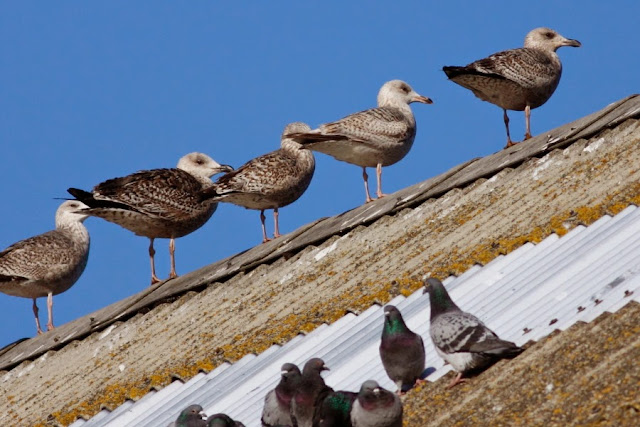The German Rarity Committee Deutsche Seltenheitenkommission (DSK) has accepted one record of Kumlien’s Gull from the major influx in Europe during the winter 2011-2012.
The accepted bird was a 3cy individual seen 15.3-5.4.2012 in Salzgitter Heerte in Niedersachsen. Martin Gottschling has kindly allowed me to include his photos in this post.
Other photos can be found in these links: 5.4.2012, 5.4.2012, 5.4.2012, 5.4.2012, 5.4.2012, 5.4.2012, 24.3.2012, 22.3.2012, 22.3.2012, 22.3.2012, 22.3.2012, 22.3.2012, 22.3.2012, 22.3.2012, 22.3.2012, 17.3.2012, 17.3.2012, 17.3.2012, 17.3.2012, 17.3.2012, 17.3.2012, 15.3.2012, 15.3.2012, 15.3.2012 and 15.3.2012.
The accepted bird was a 3cy individual seen 15.3-5.4.2012 in Salzgitter Heerte in Niedersachsen. Martin Gottschling has kindly allowed me to include his photos in this post.
Other photos can be found in these links: 5.4.2012, 5.4.2012, 5.4.2012, 5.4.2012, 5.4.2012, 5.4.2012, 24.3.2012, 22.3.2012, 22.3.2012, 22.3.2012, 22.3.2012, 22.3.2012, 22.3.2012, 22.3.2012, 22.3.2012, 17.3.2012, 17.3.2012, 17.3.2012, 17.3.2012, 17.3.2012, 17.3.2012, 15.3.2012, 15.3.2012, 15.3.2012 and 15.3.2012.










































